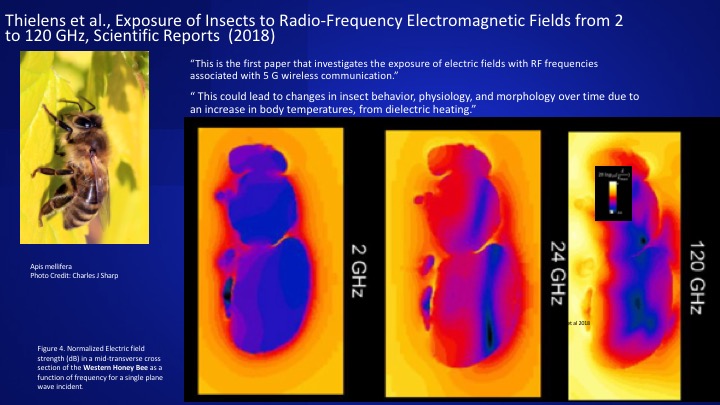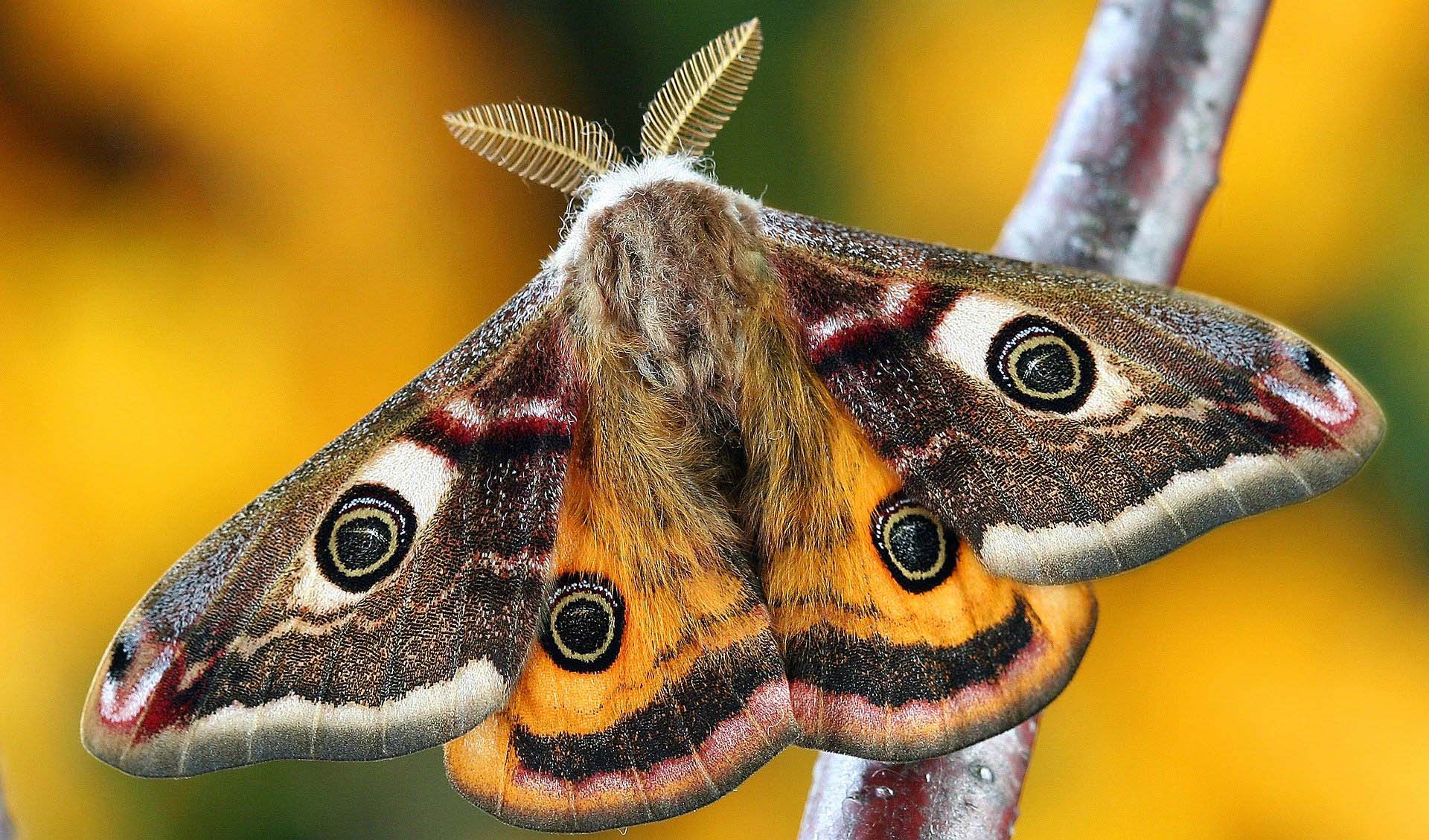Find out about the effects of 5G on the environment.
Aina Rasoldier et al. of the University of Grenoble Alpes have published a paper “How realistic are claims about the benefits of using digital technologies for GHG emissions mitigation?”, examining how lifecycle impacts of 5G and related technology are often ignored or underestimated:
“Life-cycle impacts are also often ignored for optimizations of ICTs themselves. For example, the literature on “green” mobile net works shows how 5G could reduce energy consumption thanks to energy efficiency improvements. Still, it does not consider the grey energy necessary for producing and deploying new base stations (e.g., Tombaz et al. [23]). Whether the claimed energy savings outweigh the embodied emissions of new infrastructures strongly depends on the electricity mix powering the network, and to the best of our knowledge, this is not addressed by such literature. In fact, in some cases, the embodied emissions can represent a substantial fraction of the carbon footprint of networks, e.g., 47% according to Lees Perasso et al. [24] for France. …’In addition to life-cycle impacts being ignored, efficiency benefits could also be taken back by rebound effects: by drastically improving network bandwidth, latency, capacity, and availability, 5G is expected to intensify and diversify network uses and induce traffic growth, as 3G and 4G already did. Rebound effects are part of the structural and systemic effects of ICT. They are usually excluded from quantitative evaluations of emissions reduction in the ICT research community and, in general, insufficiently discussed. …
The biologist and environmental scientist Alain Thill has published a comprehensive review of the current state of scientific knowledge in his “Biological effects of electromagnetic fields on insects”. Of the 83 peer-reviewed studies included, 72 show adverse effects, and at levels much lower than the ICNIRP limits.
The bio-scientist Ulrich Warnke is more familiar with nature’s electromagnetic housekeeping than most. In this paper, he shows how wise and sensitive nature was about using electrical and magnetic fields in the creation of life.
Dr Ronald N. Kostoff in “Largest Unethical Medical Experiment in Human History” begins ‘Humanity is racing …. to self-destruction…. rapidly increasing exposure to health and life-threatening mixtures of toxic stimuli. The most ubiquitous constituent of these toxic mixtures is wireless radiation, which is proceeding to blanket humanity and its ecological life support chain.’
Ronald N. Kostoff, Ph.D.
Research Affiliate, School of Public Policy, Georgia Institute of Technology.

F1VEG DO NOT CONSENT
Effects of phone ringing on ants

From The Daily Telegraph
Electromagnetic radiation from power lines and phone masts poses ‘credible’ threat to wildlife, report finds
Sarah Knapton, science editor
18 MAY 2018 • 12:01AM
Electromagnetic radiation from power lines, wi-fi, phone masts and broadcast transmitters poses a ‘credible’ threat to wildlife, a new report suggests, as environmentalists warned the 5G roll out could cause greater harm.
An analysis of 97 studies by the EU-funded review body EKLIPSE concluded that radiation is a potential risk to insect and bird orientation and plant health.
However the charity Buglife warned that despite good evidence of the harms there was little research ongoing to assess the impact, or apply pollution limits.
The charity said ‘serious impacts on the environment could not be ruled out’ and called for 5G transmitters to be placed away from street lights, which attract insects, or areas where they could harm wildlife.
Matt Shardlow, CEO of Buglife said: “We apply limits to all types of pollution to protect the habitability of our environment, but as yet, even in Europe, the safe limits of electromagnetic radiation have not been determined, let alone applied.
“There is a credible risk that 5G could impact significantly on wildlife, and that placing transmitters on LED street lamps, which attract nocturnal insects such as moths increases exposure and thereby risk.
“Therefore we call for all 5G pilots to include detailed studies of their influence and impacts on wildlife, and for the results of those studies to be made public.”


Buglife called for 5G transmitters to be moved away from street lights where insects are drawn
As of March, 237 scientists have signed an appeal to the United Nations asking them to take the risks posed by electromagnetic radiation more seriously.
The EKLIPSE report found that the magnetic orientation of birds, mammals and invertebrates such as insects and spiders could be disrupted by electromagnetic radiation (EMR). It also found established that plant metabolism is also altered by EMR.
The authors of the review conclude that there is “an urgent need to strengthen the scientific basis of the knowledge on EMR and their potential impacts on wildlife.
“In particular, there is a need to base future research on sound, high-quality, replicable experiments so that credible, transparent and easily accessible evidence can inform society and policy-makers to make decisions and frame their policies.”
Environment and Wildlife Effects
A diverse array of animal life relies upon the earth’s magnetic field for navigation, breeding, feeding, migration and survival. Biologists have discovered that wireless electromagnetic radiation disturbs internal magneto-receptors used for navigation, as well as disrupting other complex cellular and biologic processes in mammals, birds, fish, insects, trees, plants, seeds and bacteria with profound impacts on the natural environment.

